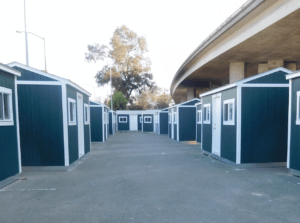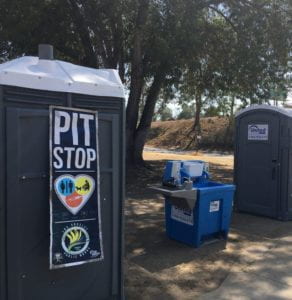By: Joshua Crespo, MUP, ’21
New York City Mayor Bill de Blasio’s comprehensive strategy to address street homelessness — called the Homeless Outreach & Mobile Engagement Street Action Teams (HOME-STAT) — is advertised as “the most comprehensive street homeless outreach effort in any U.S. city.” Nearly 400 HOME-STAT canvassers engage with homeless individuals across the five boroughs and use the information collected during these interactions to create candidate profiles. Estimates suggest that in 2017 the outreach program was responsible for relocating 2,146 individuals off the streets and into support service programs.
Yet while the administration has made great strides in tackling the issue of street homelessness through a grassroots approach, the strategy fails to address the roughly 3,892 individuals who opt to occupy encampments over homeless shelters. When unsheltered persons reject the assistance, HOME-STAT’s solution is to continue engaging with these individuals in hopes that they will ultimately accept services. Instead, New York City should explore alternative solutions from across the country — policies that address homelessness with meaning, intention, and nuance.

For example, the city of Oakland, California — home to roughly 3,000 homeless individuals — has proposed a broad, progressive approach to dealing with homeless encampments. In December 2017, the city opened its first “safe haven” homeless encampments site in downtown Oakland. Using vacant lots and other plots of unpurposed land, city officials placed 20 sheltered units, referred to as ‘Tuff Sheds,’ which are capable of housing nearly 40 individuals. Of the 127 individuals that have entered the encampments, 39 have found homes, 23 have found jobs, and 22 have started receiving government benefits.

In Los Angeles, a sprawling municipality grappling with its own explosive homelessness problem, public restroom installation proved to be a successful initiative. In March 2018, the City of Los Angeles introduced its Mobile Pit Stop Program, which serves as portable restrooms for the homeless. Created in response to a Hepatitis A virus outbreak among the city’s homeless, the six-month pilot program placed restrooms in four areas of prodigious homeless congregations. The portable units were given hours of operation, monitored and sanitized by hired attendants, and — with the exception of one 24-hour unit — the restrooms were removed, thoroughly cleaned, and reinstalled daily. When the six month period expired in July 2018, the results of the program were overwhelmingly successful. Results varied, with a 75 percent increase in use in some locations to a 163 percent increase in others.
In New York City, the root cause of homelessness — particularly among the mentally ill and chronically homeless — is the critical lack of support services for unsheltered individuals that choose public spaces over shelters. If implemented, these policy recommendations send a message that the administration is willing to get creative and use cost-effective measures to ensure a high quality of life that benefits individuals from historically underserved and marginalized groups.